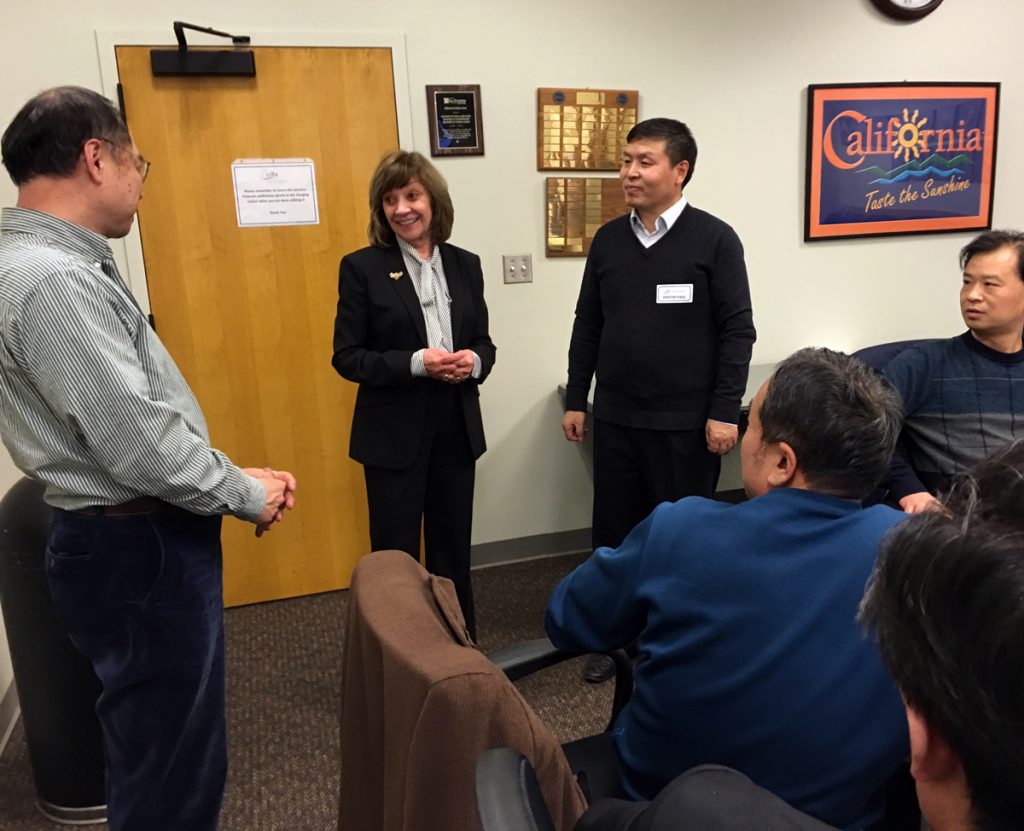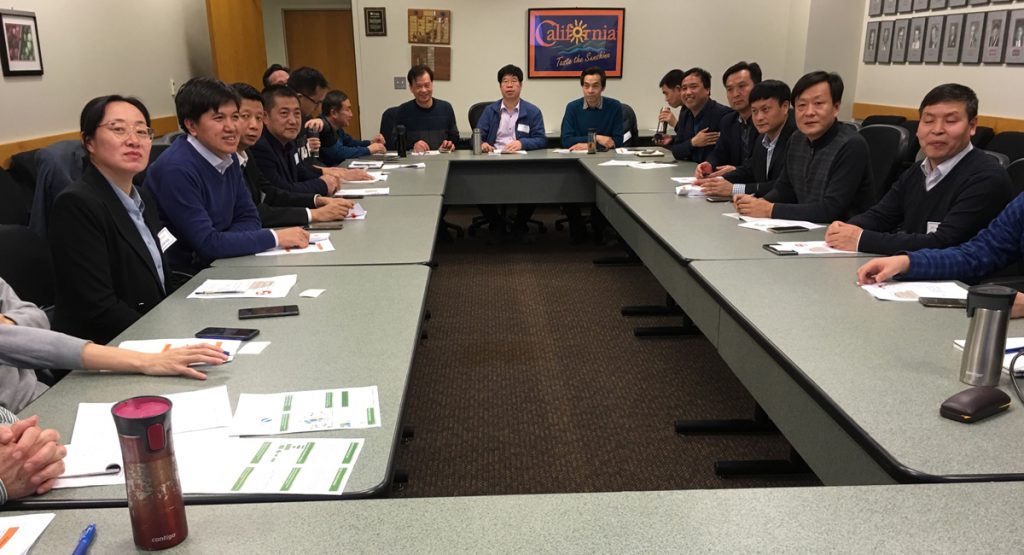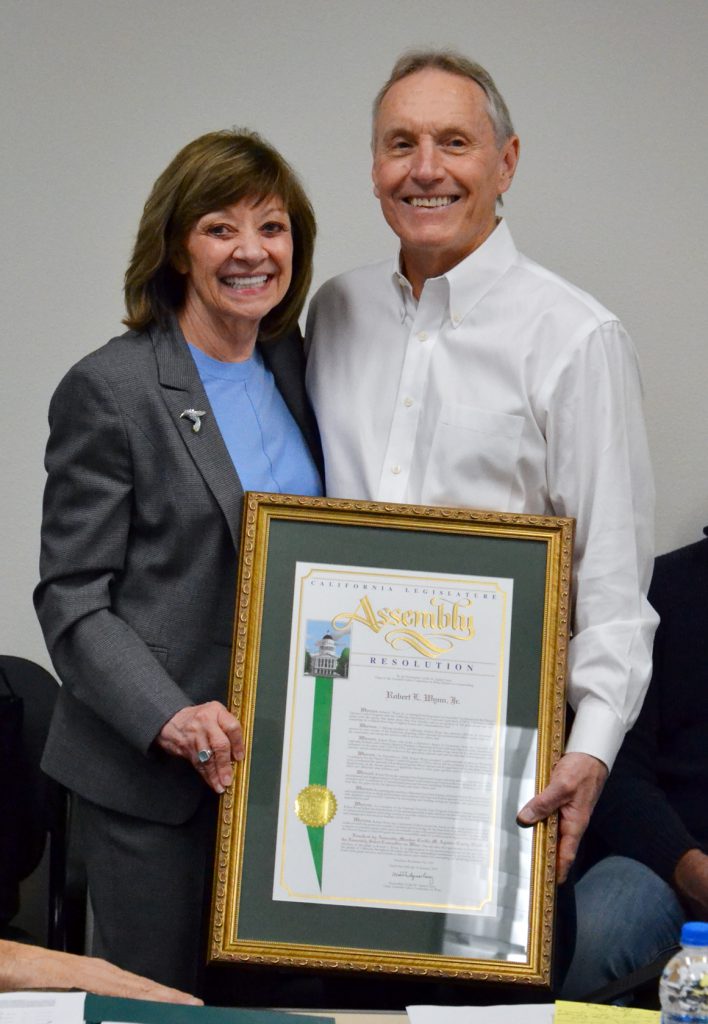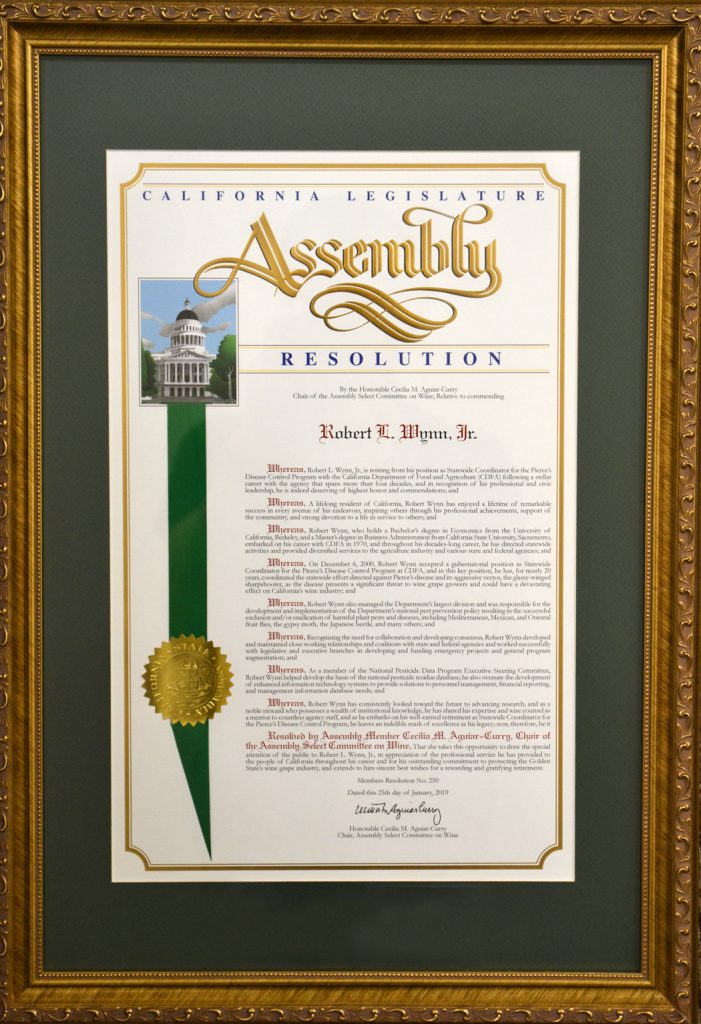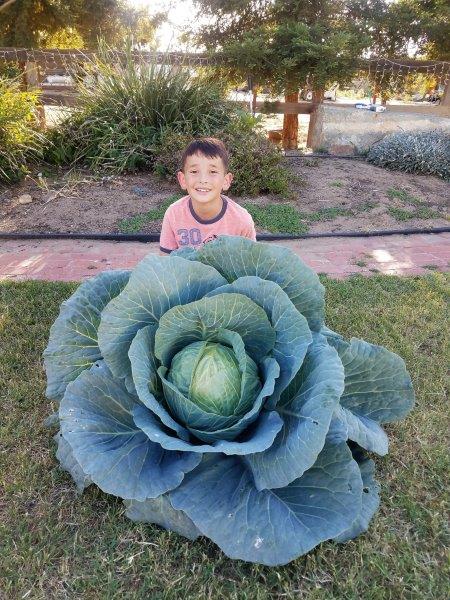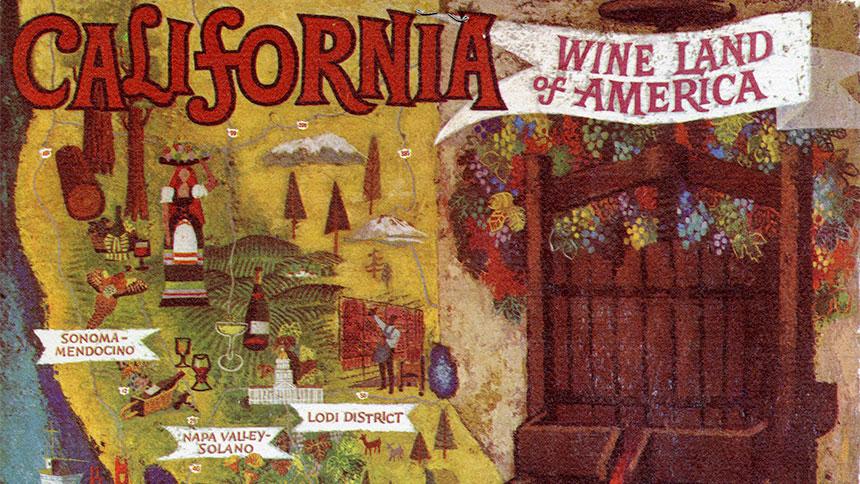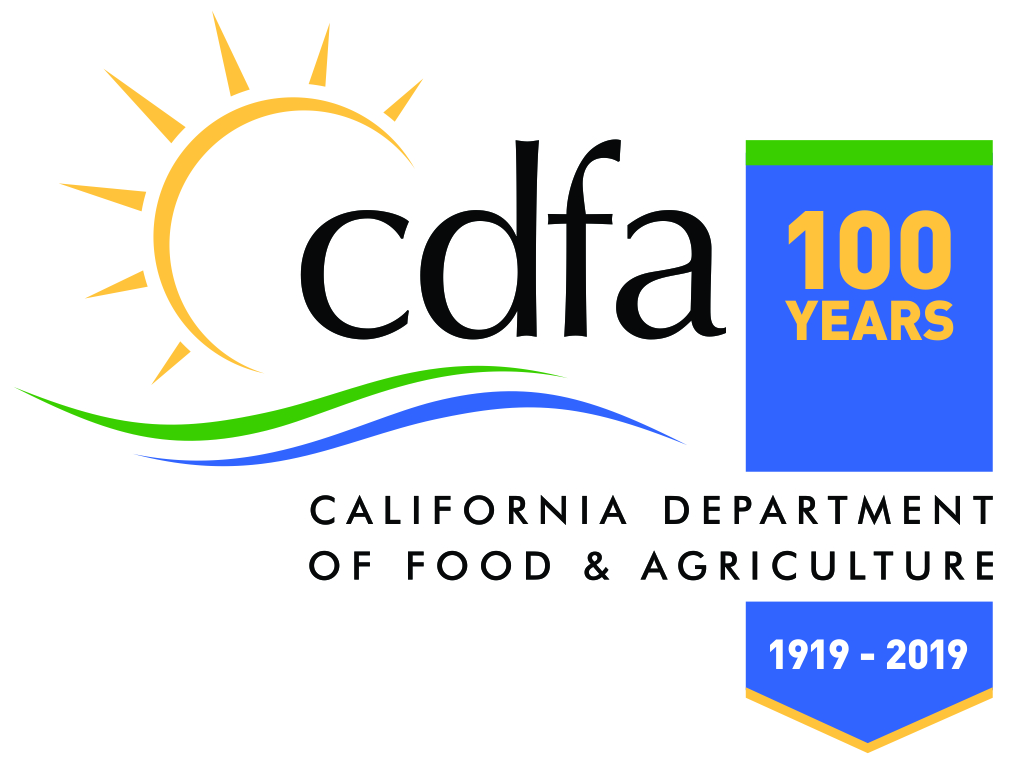
Nearly 301 million acres of U.S. land—about a third of the nation’s land in farms—are now farmed or co-farmed by women, and at least 87 million additional acres are in the hands of women landowners.
From Morning Ag Clips
American Farmland Trust, the organization behind the national movement “No Farms No Food,” has published its Women for the Land Program report, “Testing the Women Landowner Conservation Learning Circle Model.” The report, along with illustrative profiles and videos, further supports previous research that women landowners are important in the broader implementation of conservation practices on farms. The interviews also show women-only learning circles work as a means for expanding conservation actions and women who participated want to learn more.
AFT believes supporting this underserved group is critical to more wide spread adoption of environmentally sound farming practices.
Nearly 301 million acres of U.S. land—about a third of the nation’s land in farms—are now farmed or co-farmed by women, and at least 87 million additional acres are in the hands of women landowners. Research shows many women farmers and landowners have a strong conservation and stewardship ethic. They are deeply committed to healthy farmland, farm families and farm communities. However, women face gender barriers affecting their ability to manage their land for long-term sustainability. And while women increasingly are the primary decision makers on farms and inclined towards conservation, they are underrepresented in use of USDA conservation programs.
To help address these issues, AFT launched Women for the Land. Inspired by the Women, Food and Agriculture Network’s Women Caring for the Land program, the initiative includes women-only learning circles designed to break down gender gaps and expand women landowners’ knowledge and confidence. Between 2014 and 2017, AFT, WFAN and USDA’s Natural Resources Conservation Service facilitated 13 learning circles in Illinois and 31 in Indiana.
Jerry Raynor, state conservationist for NRCS in Indiana, is sold on the learning circle concept. “This type of outreach is new for our agency. We’re usually trying to reach the masses at our field days or workshops, however these women’s learning circles are small and intimate. You can actually see women connecting and forming relationships. We are hearing about actions these women are taking and it’s exciting to know we are making a difference in their lives.”
The results of the participant interviews published in this report reveal the value of the program and the real-life impact it can have on the land. Women reported taking action as a result of attending the learning circles, including talking to family members about conservation, speaking with their renter specifically about conservation or implementing conservation measures on their land.
“We know from previous survey work done by WFAN that anywhere from 50-70 percent of women who attend a conservation learning circle take a conservation action within 6-12 months of attending,” said Jennifer Filipiak, AFT Midwest director.
She continued, “With this research we wanted to explore further what kinds of actions they take. We were thrilled to learn 72 percent of the women who attended learning circles were inspired to take action. But even more exciting is for 23 percent of these women, their efforts resulted in an immediate change that benefited their land – after attending just one learning circle!”
According to NRCS Illinois State Conservationist Ivan Dozier, “Our agency and the programs, assistance and practices we offer can’t accomplish anything without willing and interested private landowners. To find a new and motivated customer base that needs and wants to do the right thing to protect soil and water resources? Nothing could make me happier.”
Anecdotally, the interviews showed women are hungry for the connections and knowledge that can be gained through these meetings. Many expressed the hope for follow-up meetings and additional guidance from expert staff, especially on financial management issues and conservation related assistance.
There’s more work to be done. “Despite having attended learning circles, women may still face barriers. Some of the women who didn’t act said they were concerned about the consequences to their relationship with their farmer if they worked to take more conservation measures. “Our goal is to make them feel more comfortable being an advocate for their land,” stated Heather Bacher, coordinator for Women4theLand, an initiative that has emerged in Indiana as a result of the collaboration with NRCS, AFT and other conservation organizations who share a desire to reach this audience. “We are thrilled to be working with AFT and others to provide women with the resources they need to be successful,” she added.
In the works are materials to help landowners “start the conversation” with their farmers and vice versa. AFT learned some women are hesitant to talk to their tenant – most all of whom are male — as they don’t want to imply that he’s not a good farmer. They view the farmer as the expert. And, on the farmer side, these conversations can cause him to fear he will lose the land to another tenant. Providing a tool that helps to address these questions and move forward together, AFT believes, will facilitate more productive conversations.
AFT is also expanding the program to additional states– currently running learning circles in Maryland, Pennsylvania, Virginia, Ohio and California. To identify regional differences and plan for further expansion, AFT is conducting a survey of non-operating landowners across 11 states where there is a high percentage of rented land.



